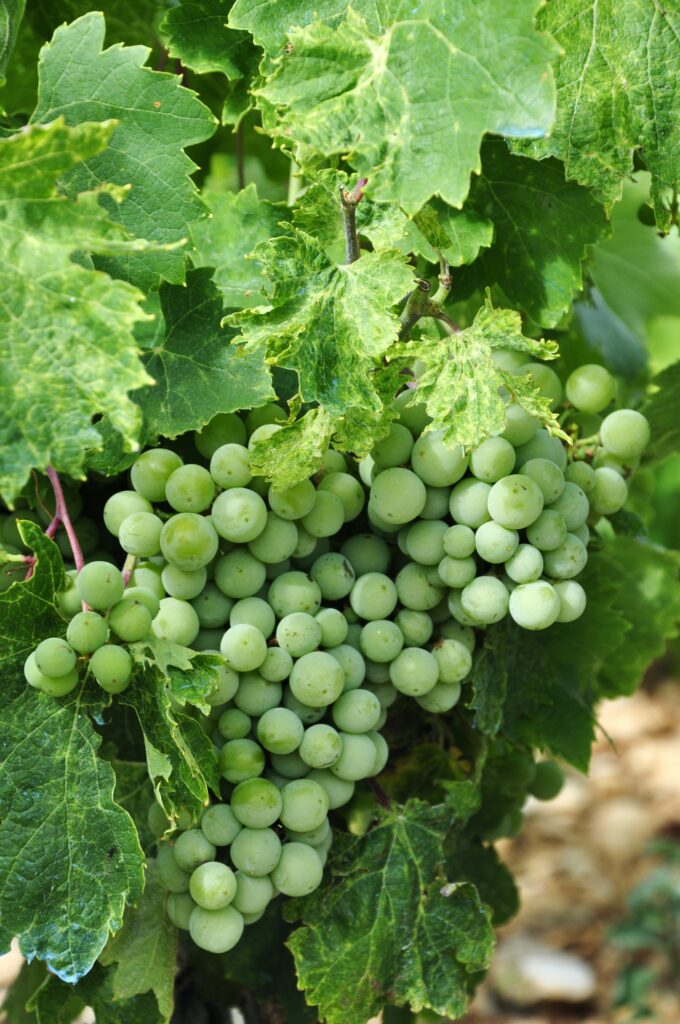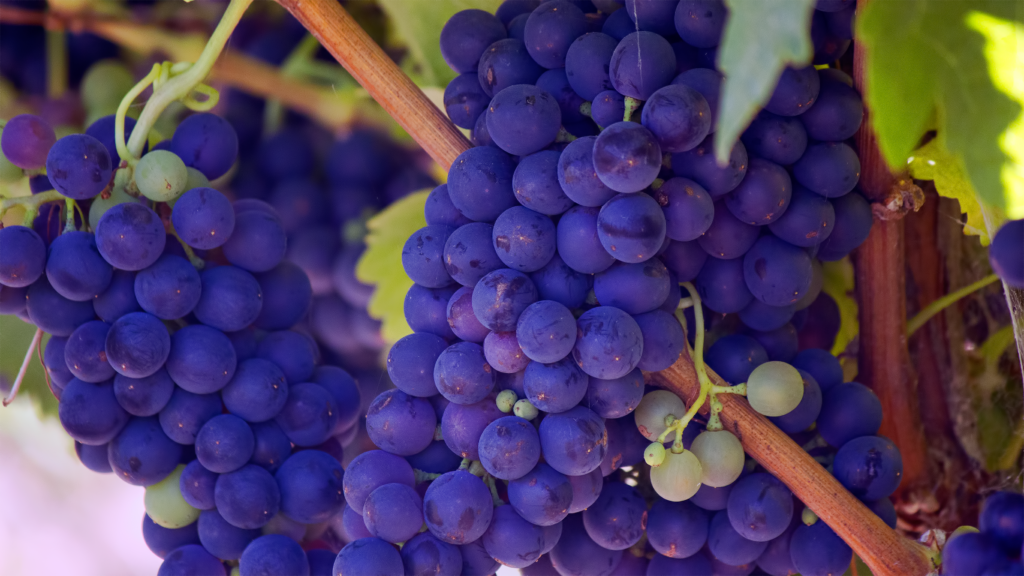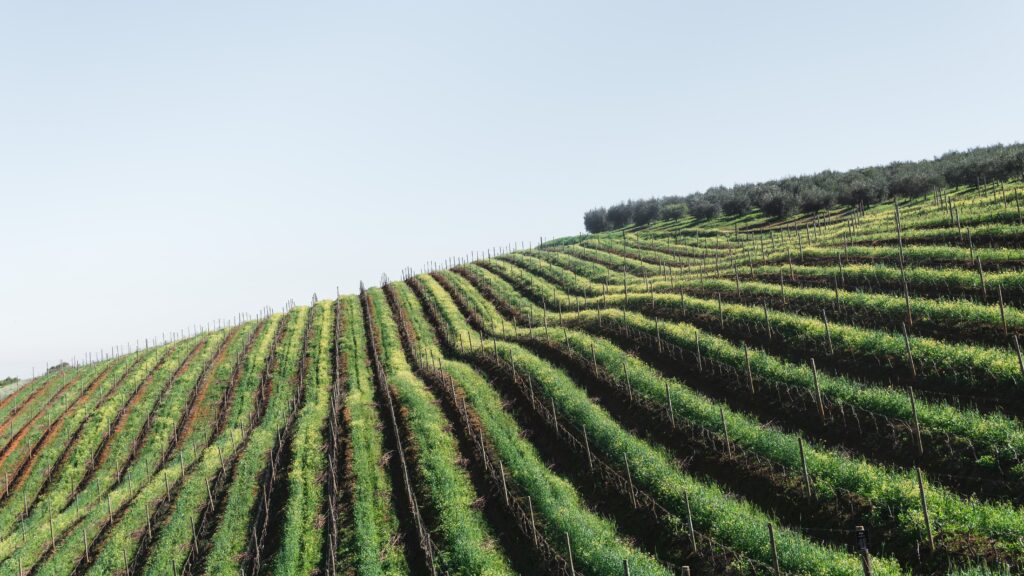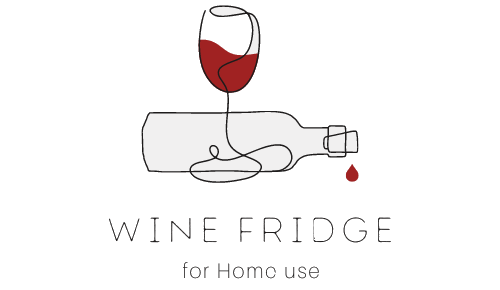You may have wondered about the magic behind those wine fridges that keep your bottles fresh and delicious. Well, it all comes down to one key factor: oxidation. In this article, we will explore how a wine fridge works its magic to prevent oxidation and preserve the flavors and aromas of your favorite wines. So sit back, grab a glass of your favorite vintage, and prepare to uncover the secrets of the wine fridge. Cheers!
Understanding Oxidation
Definition of Oxidation
Oxidation refers to the chemical reaction between oxygen and substances, resulting in the loss of electrons. In the context of wine, oxidation can occur when the wine comes into contact with air, causing it to deteriorate in taste, color, and aroma.
How Oxidation Affects Wine
When wine is exposed to oxygen, it undergoes a series of chemical reactions that can significantly impact its quality. Oxidation leads to the breakdown of compounds responsible for the wine’s fresh and fruity flavors, resulting in a flat and dull taste. Additionally, the presence of oxygen can cause the wine to turn brown or yellowish, altering its visual appeal. Furthermore, oxidation can diminish the wine’s aromas, making it less enjoyable to drink.
Signs of Wine Oxidation
There are several indicators that a wine has undergone oxidation. One of the most common signs is a notable change in color, where a red wine may appear more brownish and a white wine may become darker or amber-like. Another sign is a loss of fruitiness in the wine’s aroma, replaced by a more muted or stale smell. Additionally, oxidized wine often tastes flat, lacking the vibrant flavors it originally possessed. These signs can serve as warnings that the wine has been exposed to excessive amounts of oxygen and may no longer be at its best.
The Role of a Wine Fridge in Wine Preservation
Introduction to Wine Fridge
A wine fridge, also known as a wine cooler or wine cellar, is a specialized appliance designed to store and preserve wine at optimal conditions. Unlike regular refrigerators, wine fridges provide the ideal environment to extend the lifespan of wines by maintaining temperature, humidity, and other crucial factors.
Functions of Wine Fridge
The primary function of a wine fridge is to create a stable and controlled environment for wine storage. This includes maintaining a specific temperature range, controlling humidity levels, minimizing exposure to light, and reducing vibrations to prevent oxidation and deterioration. Additionally, wine fridges are designed to accommodate wine bottles of various sizes and arrangements, optimizing storage capacity while ensuring easy access to each bottle.
How a Wine Fridge Is Different from a Regular Fridge
While both wine fridges and regular refrigerators aim to preserve perishable items, they differ significantly in design and functionality. Regular refrigerators are designed to cool food and beverages quickly, typically operating at lower temperatures. This rapid cooling can be detrimental to wine, as it may lead to temperature fluctuations that accelerate oxidation. On the other hand, wine fridges are specifically crafted to address the unique needs of wine storage, providing a consistent and ideal environment for preserving wine over an extended period.

Mechanics Behind Wine Fridges Preventing Oxidation
Temperature Control
Temperature control is a crucial mechanism in preventing wine oxidation. Wine fridges are set to maintain a stable temperature range typically between 45°F and 65°F (7°C and 18°C), depending on the type of wine being stored. By keeping the wine at a constant temperature, the wine fridge ensures that the aging process occurs gradually and prevents any sudden reactions or accelerated oxidation that can occur with temperature fluctuations.
Humidity Control
Humidity control plays an integral role in preserving the quality of wine. Wine fridges are designed to maintain a relative humidity level between 55% and 75%. This range prevents the corks from drying out, which can lead to air entering the bottle and causing oxidation. Adequate humidity also helps to preserve the integrity of the wine label and prevent mold growth.
Light Control
Exposure to light, particularly ultraviolet (UV) light, can be detrimental to wine. Wine fridges are equipped with UV-resistant glass doors or solid doors to minimize the wine’s exposure to light. This protection ensures that UV rays, which can initiate chemical reactions and accelerate oxidation, are blocked or significantly reduced. By limiting light exposure, a wine fridge helps to preserve the wine’s color, flavors, and overall quality.
Temperature Advantages of a Wine Fridge
Ideal Temperature for Storing Wine
Proper temperature control is essential for wine preservation. The ideal temperature for storing wine falls within the range of 45°F to 65°F (7°C to 18°C). This moderate and consistent temperature allows the wine to age gracefully, promoting the development of desirable flavors and preventing premature oxidation. It is crucial to store different types of wine at their respective recommended temperatures to maintain their optimal taste and characteristics.
Effects of Too High or Low Temperatures
If wine is stored at temperatures above 65°F (18°C), it can lead to accelerated aging and the deterioration of flavors. The wine may lose its delicate aromas and taste overly sweet or alcoholic. Conversely, storing wine at temperatures below 45°F (7°C) can inhibit the aging process, resulting in underdeveloped flavors and a lack of complexity. Extreme temperature fluctuations, such as those that occur in regular refrigerators, can also negatively impact wine quality by inducing premature oxidation.
How Wine Fridges Maintain the Ideal Temperature
Wine fridges utilize advanced temperature control mechanisms to maintain the ideal storage temperature for wines. This includes the use of compressors or thermoelectric cooling systems that ensure a stable and consistent environment. These cooling systems work efficiently to counteract any external temperature variations, creating a reliable and optimal climate for wine preservation. Additionally, wine fridges are equipped with built-in thermostats and digital controls, allowing users to easily adjust and monitor the internal temperature to meet their specific needs.

Humidity Control in a Wine Fridge
Ideal Humidity for Storing Wine
Maintaining proper humidity levels is critical for wine preservation. The ideal humidity range for storing wine is typically between 55% and 75%. Within this range, the cork remains in good condition, preventing excessive shrinkage or expansion. A balanced humidity level also helps to prevent air from seeping into the bottle and causing oxidation. Furthermore, adequate humidity protects labels from peeling and prevents the growth of mold, ensuring the wine remains visually appealing and free from contamination.
Effects of Too High or Low Humidity
If the humidity in a wine fridge is too high, it can create a damp environment that promotes mold growth and label damage. High humidity may also cause the wine labels to become illegible or detach from the bottle, making it difficult to identify and appreciate the stored wines. Conversely, low humidity can result in dry corks, increasing the risk of air infiltration and oxidation. Dry corks may also crumble or shrink, compromising their ability to seal the wine bottle effectively.
How Wine Fridges Control Humidity
To maintain optimal humidity, wine fridges employ various mechanisms. These may include built-in humidifiers or evaporation systems that release controlled amounts of moisture into the air. Additionally, wine fridges are usually insulated to prevent moisture loss or gain from the surrounding environment. The combination of proper insulation and humidity control mechanisms ensures a consistent and suitable humidity level within the wine fridge, contributing to the preservation of wine quality.
Lighting Control in a Wine Fridge
Effects of Light on Wine
Exposure to light, particularly UV light, can have detrimental effects on wine. UV rays initiate chemical reactions in wine, leading to the breakdown of organic compounds and accelerating oxidation processes. Additionally, light can degrade the wine’s color, causing it to become dull or yellowish. By shielding wine from light, the integrity of flavors, aromas, and overall quality can be preserved.
How Wine Fridges Protect Wine from Light
Wine fridges are specifically designed to minimize the wine’s exposure to light. The doors of wine fridges are constructed with tinted or UV-resistant glass, reducing the penetration of UV rays into the unit. Some wine fridges may also feature solid doors that completely block out light. By limiting exposure to light, wine fridges provide a dark and controlled environment that safeguards the wine from light-induced degradation and oxidation.
How Light Contributes to Oxidation
When wine is exposed to light, particularly UV light, it can trigger chemical reactions that accelerate oxidation processes. This can lead to the degradation of flavors, aromas, and the overall quality of the wine. Additionally, UV light has the capacity to alter the wine’s color, causing it to become less vibrant and visually appealing. By minimizing light exposure, wine fridges play a crucial role in preserving the wine’s integrity, enabling it to age gracefully and maintain its original qualities.

Vibration Reduction in Wine Fridges
Effects of Vibration on Wine
Vibrations can have a negative impact on wine stored for an extended period. Continuous exposure to vibrations can disturb the sediments present in wine bottles, disrupting the aging process and leading to a loss of flavor complexity. Vibrations can also cause the wine to chemically react, accelerating the oxidation process and compromising its overall quality.
Wine Fridge’s Mechanism for Reducing Vibration
Wine fridges employ various techniques to minimize vibrations. These include the use of specialized racks and shelves designed to absorb and dampen any external vibrations. Additionally, wine fridges are often equipped with anti-vibration compressors or thermoelectric cooling systems that generate minimal vibration compared to regular refrigerators. By reducing vibrations, wine fridges create a stable and undisturbed environment for the wine, allowing it to develop and mature naturally.
Contribution of Vibration to Oxidation
Vibrations can contribute to the oxidation of wine by disrupting the sediment and accelerating chemical reactions. As the wine molecules are agitated and disturbed, they come into contact with oxygen more frequently, leading to increased rates of oxidation. The combination of vibrations and exposure to oxygen can cause the wine to deteriorate rapidly, resulting in loss of flavor, aroma, and overall quality. Wine fridges minimize this risk by providing a calm and vibration-free space for wine storage, ensuring optimal conditions for preserving the wine’s characteristics.
Summary on How a Wine Fridge Prevents Oxidation
Recap of the Mechanisms on How Wine Fridge Prevents Oxidation
A wine fridge employs various mechanisms to prevent oxidation and preserve the quality of wine. It ensures temperature control within the ideal range of 45°F to 65°F (7°C to 18°C), preventing sudden reactions and maintaining consistent aging. The wine fridge also maintains the appropriate humidity level, between 55% and 75%, to keep the corks moist and prevent air infiltration. Additionally, it regulates light exposure, limiting the wine’s contact with harmful UV rays. Vibration reduction techniques in wine fridges minimize disturbances that can accelerate oxidation processes.
Benefits of Using a Wine Fridge for Wine Preservation
By investing in a wine fridge, you gain several benefits for wine preservation. The controlled environment created by a wine fridge ensures that your wines age gracefully and retain their original flavors, aromas, and color. The temperature, humidity, light, and vibration controls offered by wine fridges protect your wine from oxidation and other deteriorating factors that can compromise its quality. With a wine fridge, you can confidently store and enjoy your favorite wines at their best, appreciating the nuances and complexities they develop over time.
